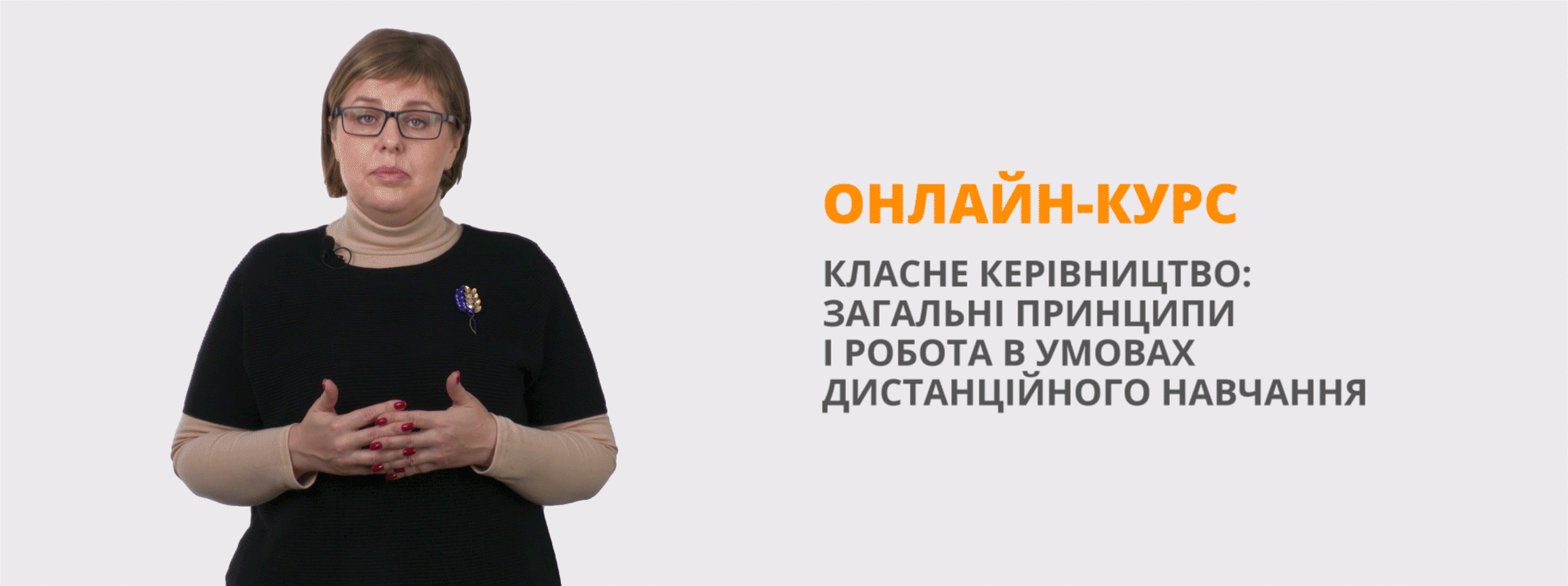Exploring the History of Ukraine: A Journey through Time
Title: Exploring the History of Ukraine: A Journey through Time
Introduction: Welcome, young historians! Today, we embark on an exciting adventure to discover the rich and fascinating history of Ukraine. Situated in Eastern Europe, Ukraine has a vibrant past that has shaped its culture, traditions, and identity. From ancient civilizations to modern-day events, let's explore the key milestones and remarkable stories that have shaped Ukraine into what it is today.
- Ancient Origins: Our journey begins thousands of years ago when ancient civilizations thrived on Ukrainian lands. The Scythians, an advanced nomadic culture, were among the earliest known inhabitants. Their legacy is evident through archaeological discoveries such as intricate gold jewelry and beautifully crafted artifacts.
- Kyivan Rus: One of the most significant periods in Ukrainian history is the era of Kyivan Rus. In the 9th century, the legendary Viking ruler, Prince Volodymyr the Great, embraced Christianity, marking the beginning of the Kyivan Rus state. This medieval state flourished with cities like Kyiv becoming bustling centers of trade, culture, and learning.
- Mongol Invasion: In the 13th century, Kyivan Rus faced a formidable challenge—the Mongol invasion. Led by Batu Khan, the Mongols conquered and ruled over Ukrainian lands for several centuries. This period, known as the Mongol Yoke, brought both hardship and cultural influences to the region.
- Cossacks and the Hetmanate: The 16th and 17th centuries witnessed the rise of a legendary group of warriors known as the Cossacks. Living in the borderlands, the Cossacks fiercely defended Ukrainian lands and played a vital role in shaping the region's history. The Hetmanate, a Cossack-led state, emerged as a center of political power and cultural development.
- Ukrainian National Awakening: During the 19th century, Ukraine experienced a period of national awakening, as intellectuals and writers rediscovered their cultural heritage and language. Taras Shevchenko, a prominent poet and artist, became a symbol of Ukrainian identity and inspired many with his works. This era paved the way for a renewed sense of Ukrainian nationalism.
- Turbulent 20th Century: The 20th century brought significant challenges and changes to Ukraine. The country experienced revolutions, two World Wars, and periods of occupation under different powers. The Holodomor, a man-made famine in the 1930s, resulted in the loss of millions of lives and had a profound impact on Ukrainian society.
- Independence and Modern Ukraine: In 1991, Ukraine finally gained independence following the collapse of the Soviet Union. Since then, the country has been working to build a democratic society, strengthen its economy, and establish itself as an active player on the global stage. Today, Ukraine continues to face unique opportunities and challenges as it strives for progress and prosperity.
Conclusion: As we conclude our journey through the history of Ukraine, we hope you've gained a deeper appreciation for this remarkable nation and its people. From ancient civilizations to independence, Ukraine's story is filled with resilience, cultural richness, and the enduring spirit of its people. By understanding the past, we can shape a brighter future. Keep exploring, keep learning, and continue to be curious about the world around you.
Test: Exploring the History of Ukraine
Task 1: Matching.
Match the following historical periods with their corresponding descriptions.
- Kyivan Rus
- Mongol Yoke
- Cossacks and the Hetmanate
- Ukrainian National Awakening
A. Ancient civilizations in Ukraine
B. Period of Mongol rule in Ukraine
C. Rise of Cossacks and the Hetmanat
D. Revival of Ukrainian identity and culture
Task 2: True or False.
Determine whether the following statements are true or false.
- Taras Shevchenko was a prominent poet and artist who inspired Ukrainian nationalism.
- Ukraine gained independence in 1991 following the collapse of the Soviet Union.
- The Mongol invasion of Ukraine led to the formation of the Cossack state.
- The Holodomor was a natural famine that occurred in Ukraine during the 1930s.
Task 3: Multiple Choice.
Select the correct answer for each of the following questions.
- Which ancient civilization thrived on Ukrainian lands?
A) Egyptians B) Scythians C) Romans D) Vikings
- Who embraced Christianity, marking the beginning of Kyivan Rus?
A) Prince Volodymyr the Great B) Taras Shevchenko C) Ivan Mazepa D) Bohdan Khmelnytsky
- What was the period of Mongol rule in Ukraine known as?
A) Golden Age B) Renaissance C) Mongol Yoke D) Age of Enlightenment
- Which event resulted in the loss of millions of lives in Ukraine during the 1930s?
A) World War I B) Chernobyl disaster C) Holodomor Religious leaders


про публікацію авторської розробки
Додати розробку
